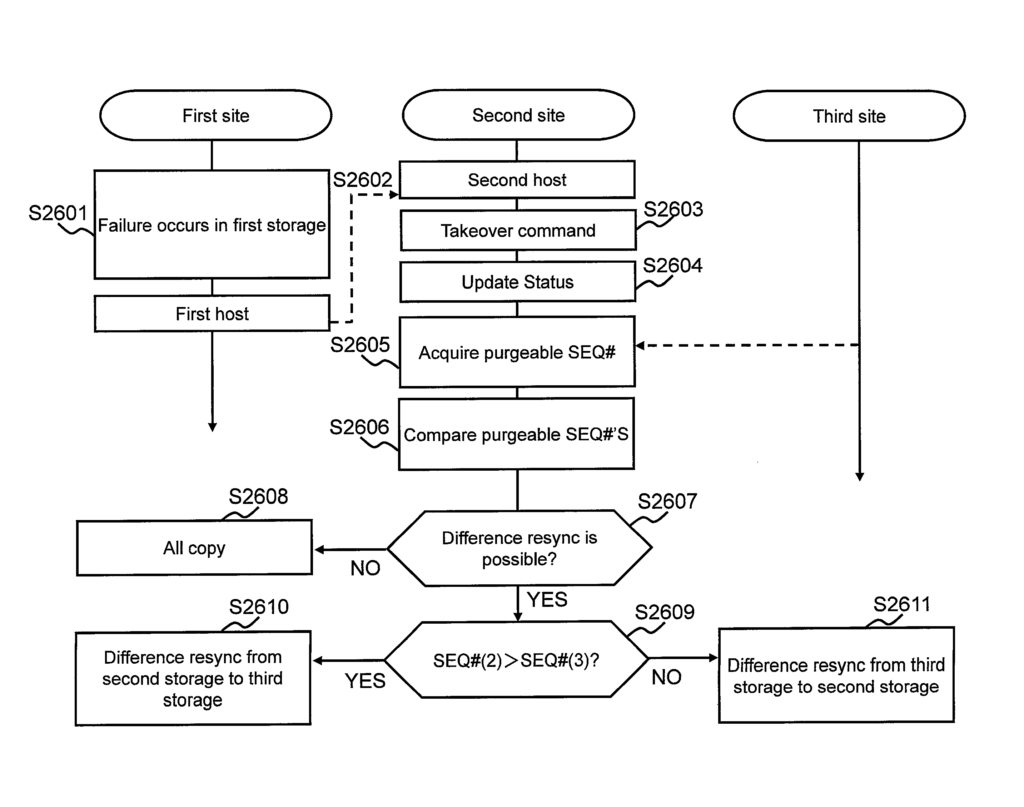Efficient Data Sync for Uninterrupted Access
Introduction
This asynchronous remote copy system is engineered for businesses requiring secure, efficient data synchronization across various locations. It offers a solution that keeps data accessible and up-to-date without the heavy bandwidth and infrastructure demands typical of traditional data replication methods. By focusing on an adaptive, asynchronous approach, this technology ensures that critical data is consistently backed up and available when it’s needed most, supporting business continuity and security across operations.
The Challenge: Reliable Data Access Across Distances
As organizations grow, their need for dependable data access across multiple sites becomes increasingly critical. Traditional synchronous replication systems consume significant bandwidth and often introduce latency, which can slow down operations and create vulnerabilities. Inconsistent replication leads to operational delays, compromising data integrity and increasing potential for data loss in high-stakes environments. The demand for a streamlined, efficient solution is essential for organizations dedicated to protecting data while maintaining consistent, fast access.
Adaptive Asynchronous Control for Flexible Replication
This system’s asynchronous control method allows for real-time data updates across distances without overloading network resources. By adjusting replication frequency and prioritizing critical data transfers, it enables faster, more reliable synchronization across storage environments. The system’s flexibility minimizes dependency on bandwidth while supporting robust data protection measures, ensuring that backups remain current and available. Its adaptive capabilities also enable effective performance in diverse environments, from cloud infrastructures to hybrid storage ecosystems.
Key Benefits for Data-Driven Industries
For cloud service providers and data storage managers, this technology significantly reduces the strain on network infrastructure, lowering costs and boosting system reliability. Disaster recovery teams can count on quick, reliable access to replicated data, ensuring clients experience minimal disruptions during critical times. Enterprises in finance, healthcare, and telecommunications benefit from enhanced data integrity without latency, preserving business operations and customer trust. The technology’s compatibility across multiple storage platforms makes it an ideal solution for organizations seeking flexible yet secure data management.
Lead in Data Protection and Continuity
Licensing this efficient data sync system empowers your organization with a robust, high-performance data replication solution that supports scalability and reliability. With its asynchronous, adaptive approach, this technology ensures secure data access without compromising network performance, making it a vital asset for industries committed to data resilience and operational stability. Position your organization at the forefront of data integrity and security, gaining a competitive advantage with a forward-looking approach to data management that meets the demands of today’s digital world.

- Abstract
- Claims
Share
Title
Asynchronous remote copy system and storage control method
Inventor(s)
Shuji Kondo, Katsuhiro Okumoto
Assignee(s)
Hitachi Ltd
Patent #
8375004
Patent Date
February 12, 2013
